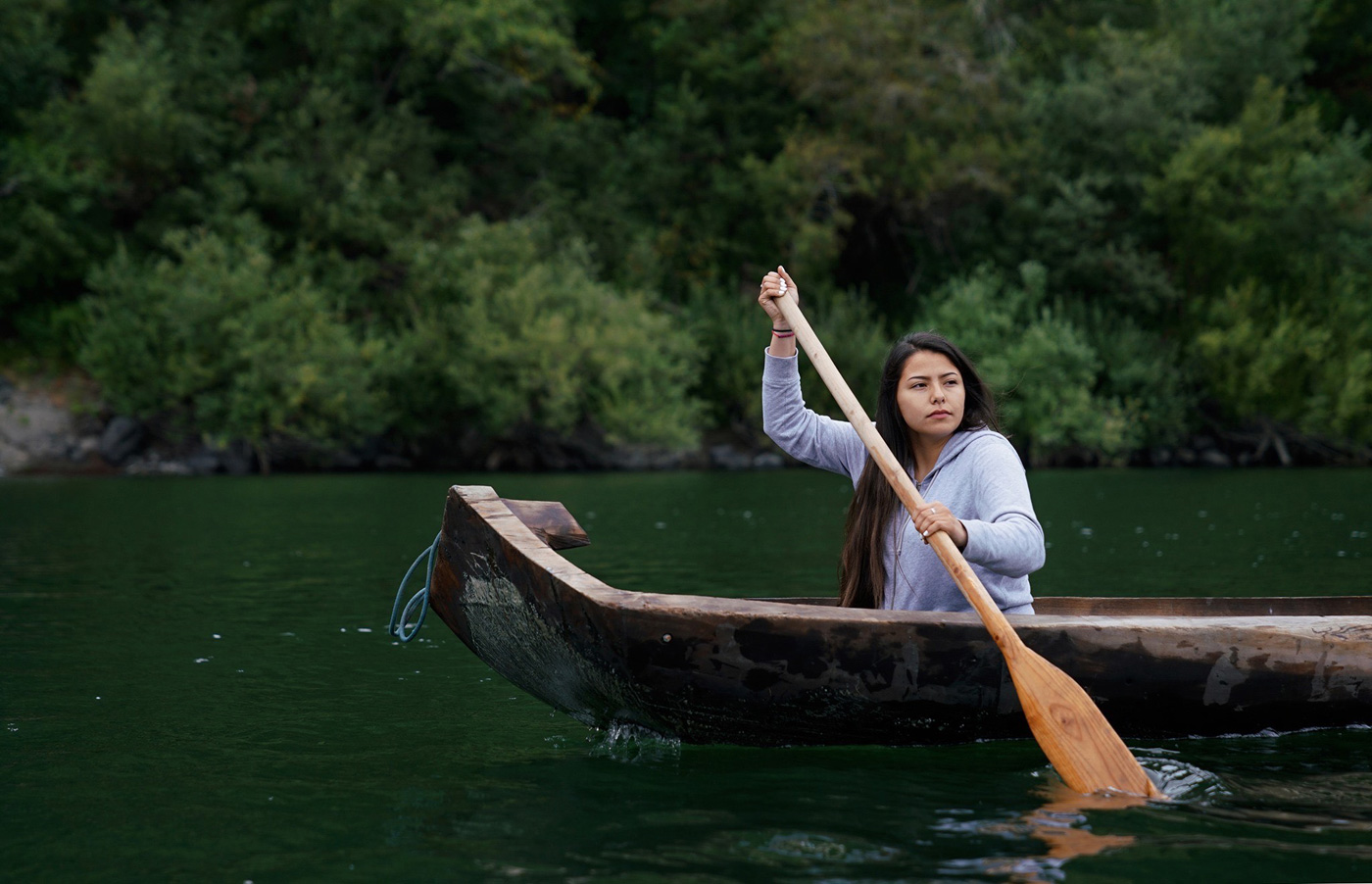
Growing up on my Native Yurok land—which ranges from the Little River at Clam Beach in McKinleyville all the way up into Klamath—I knew that there are things we respect and take care of in this world. More than just other humans and animals, we also care for the trees and the rivers, and that truth holds a really big place in my heart for nature. I always feel like we’re supposed to care for and protect the lands and waters because nature is always there when we’re in need.
As a California State Parks interpreter at Sue-meg State Park, I have the opportunity to share a little bit about my culture through our daily distance-learning programs via Facebook Live streams and PORTS. At Sumeg Village, a recreated traditional Yurok village in the park, we educate our Native youth and the public about our history and traditions.
One thing I talk about in my program is the relationship that the Yurok have with redwood trees, which we have long used to build stools, trunks (to hold our regalia), houses, and canoes. Yurok people would never cut down a redwood; they would wait for it to fall. And we would always put organs and a heart in whatever was built out of the wood because it’s a living part of our culture.
It takes around seven years for one man to build a redwood canoe. In our tribe, there’s a balance between the roles of men and women, and the men are the canoe builders. (Some things our women are not supposed to touch at all because our elders say that women’s medicine is so strong that it wipes men’s medicine away.) A man’s well-being and mental state go into the canoe. It carries our families, so we always want good energy coming in and out of it. That’s why I think it takes many years to build one. Not everybody’s 100 percent all the time.
I feel honored that I’m doing this important work because this is the first time California State Parks has hired Native people to work as interpreters at Sumeg Village. Some people say that my fellow Native interpreters—Princess Colegrove (Yurok and Hoopa) and Skip Lowry (Yurok, Mountain Maidu, and Pit River)—and I are making waves. I’m proud to carry the message to Native people that, like the redwood trees, we are resilient, and we always find a way to make things better.

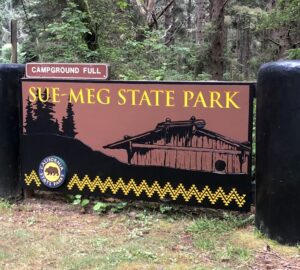
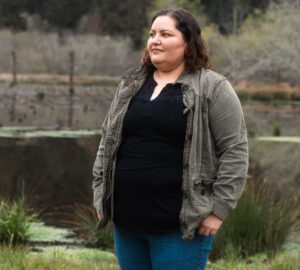
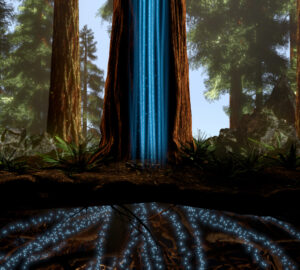
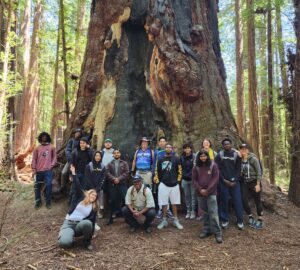
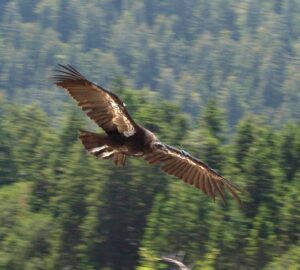
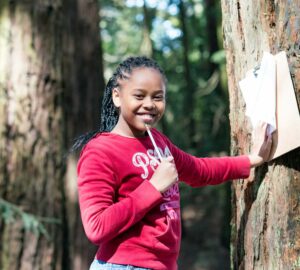
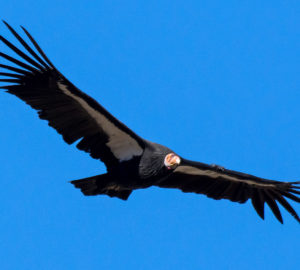
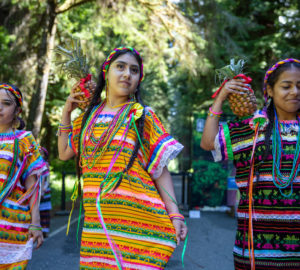
4 Responses to “Redwoods Are a Living Part of Yurok Culture”
Diane DeRuyter
Dear Maiya Rainer – I am homeschooling our granddaughters, grades 2 and 4. When school resumes in two weeks, we plan to begin a unit study on the Yurok tribe. As part of this study, I will be taking them to Patrick’s Point State Park. Years ago, I had taken my class there. We had a wonderful Yurok elder give us a tour of the Sumeg village. Do you do that now, and is it in person? Thank you so much for your time! Most sincerely, Diane DeRuyter
Save The Redwoods League
Dear Diane, CA State Parks does typically have interpretive tours in person but due to the pandemic, naturalist-led group outings have been suspended for the time being. However, there are many fantastic virtual resources for distance learning, and the park itself is open to day visitors. We recommend that you check out this virtual tour of Sumeg village in Patrick’s Point State Park on YouTube. Perhaps you could pair it with a self-led tour! Here’s where to find more info about the park and its status. The League also has an education section on our website with more virtual resources for distance learning. We hope this helps!
Chris
I have been wondering if the Yurok have a word or phrase for the coastal redwood tree?
Save The Redwoods League
Hi Chris, here is a resource you can explore related to Yurok language: The Yurok Language: Grammar, Texts, Lexicon by R. H. Robins, published by University of California Press.